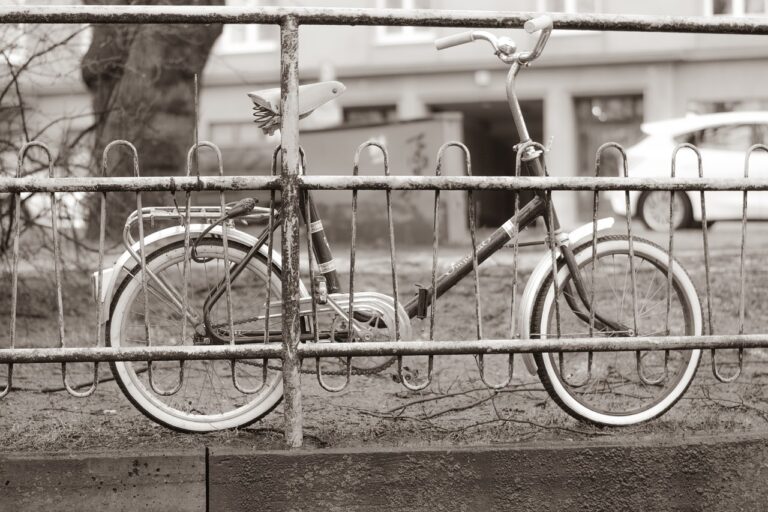The Impact of Micro-Mobility Solutions on Urban Transportation Dynamics
Urban transportation faces a myriad of challenges in today’s fast-paced world. Traffic congestion plagues many cities, leading to increased commute times and air pollution. The lack of efficient public transportation options in some areas further exacerbates these issues, making it difficult for residents to travel conveniently and sustainably.
Additionally, limited infrastructure for cyclists and pedestrians poses safety concerns and discourages alternative modes of transportation. The ever-growing urban population puts a strain on existing transportation systems, highlighting the need for innovative solutions to address these challenges and pave the way for a more efficient and sustainable urban mobility landscape.
Rise of Micro-Mobility Solutions
Micro-mobility solutions have been gaining popularity in urban areas as a convenient and eco-friendly means of transportation. With the rise of electric scooters, bicycles, and skateboards, people are opting for these compact modes of transport to navigate through busy city streets, especially for short distances. This trend is not only reducing traffic congestion but also contributing to a decrease in carbon emissions, promoting a more sustainable urban environment.
Cities around the world are embracing micro-mobility solutions by implementing dedicated lanes and parking spaces for these alternative modes of transportation. This shift towards using electric scooters and bicycles as a part of the transportation ecosystem is reshaping the way people move around urban areas. Many commuters are finding micro-mobility options to be not only convenient but also cost-effective, making them a viable choice for daily travel within cities.
What are some common urban transportation challenges?
Some common urban transportation challenges include traffic congestion, limited parking space, air pollution, and lack of accessibility to public transportation.
What are micro-mobility solutions?
Micro-mobility solutions refer to transportation options that are typically smaller in scale and designed for short-distance trips, such as electric scooters, bicycles, and shared mobility services.
How can micro-mobility solutions help address urban transportation challenges?
Micro-mobility solutions can help reduce traffic congestion, decrease carbon emissions, and provide an alternative mode of transportation for short trips, ultimately improving overall urban mobility.
Are there any drawbacks to micro-mobility solutions?
Some drawbacks of micro-mobility solutions include safety concerns, issues with parking and clutter, and challenges related to regulation and infrastructure integration.
What are some examples of micro-mobility companies?
Some popular micro-mobility companies include Lime, Bird, Jump, and Spin, which offer electric scooters and bicycles for short-term rentals in urban areas.







